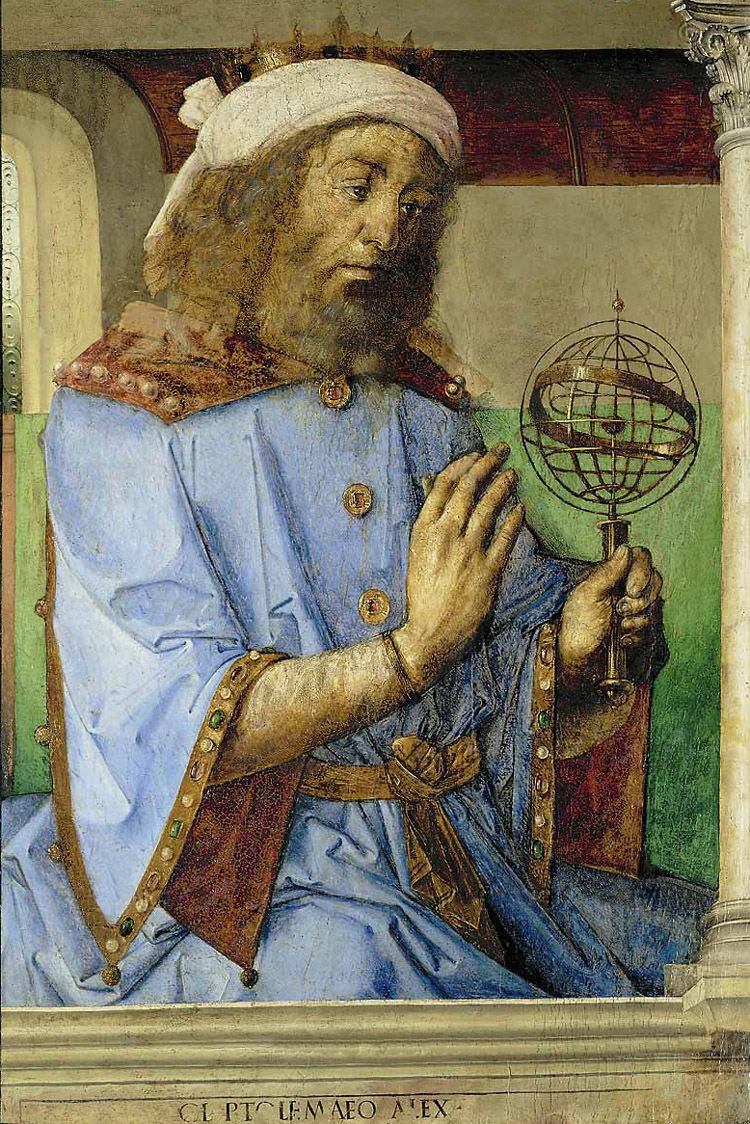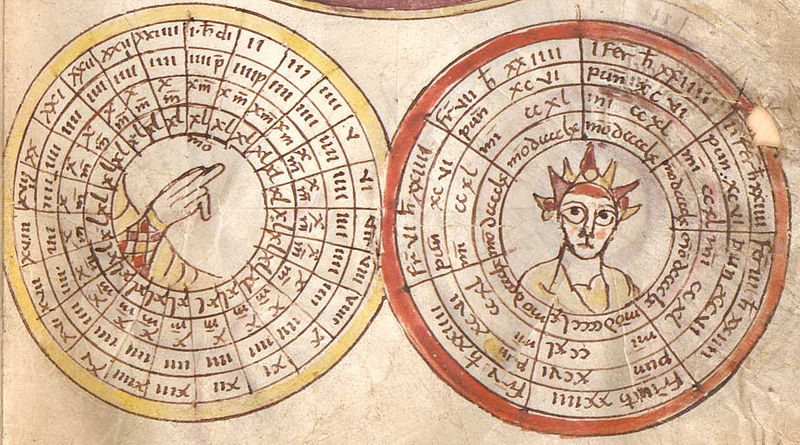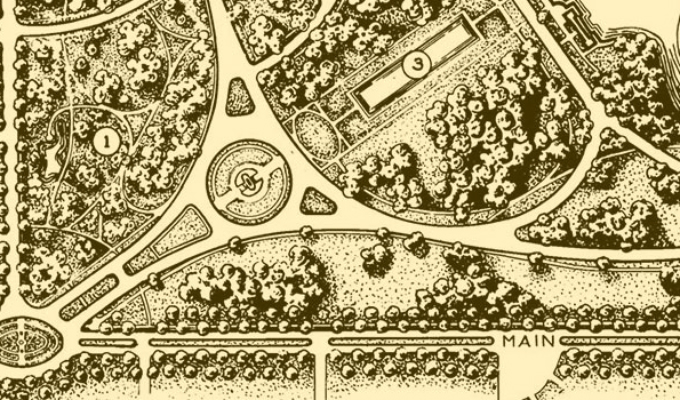By Ralph E. Phillips, HMNS Docent
I can’t seem to get enough time … that is to say I keep thinking and digging into our concept of time.
Why are there 60 minutes in an hour instead of 100?
Why 60 seconds in a minute?
Why 7 days in week?
What would “Metric time” look like????
A little research takes me back to the Sumerians and Babylonians again!!
Apparently they based their whole number system on groups of 60, whereas we base our number system on groups of 10. Babylonian mathematicians are the ones who basically decided that circles have 360 degrees, possibly because this matched up with the 360 days they counted in the year.

Ptolemy with a armillary sphere model. With a large version he claimed his solstice observations. Source: Wikimedia Commons.
Over time Greek and Roman mathematicians such as Hipparchus and Ptolemy, who were attempting create accurate maps of the world, divided the 360 degrees into lines of latitude and longitude. For Longitude, they divided 360 into 60 parts (minutes) and divided by 60 again (seconds). These smaller measurements helped to more accurately pinpoint geographic locations, but they are also where our modern system for dividing hours into minutes and seconds originated.
Other cultures did different things with time. Ancient Chinese time keeping was based on a system of 12 hours in a day, but kept a second set of times based on 100 units in a day. (Try setting your watch to that one!) Our friends the early Egyptians used 12 hours for day light and 10 hours for nighttime, but added one hour of “twilight” on each end of the day. This gave a total of 24 hours each day.
Now for the week …..
When I started digging into this, I expected the 7 day week to come from the Hebrew book of Genesis. I was WRONG!.
Other cultures used 7 days also. Many cultures thought the number 7 had some mystical power or meaning. The 7 day period may have stemmed from a focus on the seven heavenly bodies they knew of at that time: the Sun, Moon, Mars, Mercury, Jupiter, Venus, and Saturn. The tendency to perform rituals every seven days may have given rise to the seven-day week. Don’t forget that we count the phases of the moon by 1st quarter, full, last quarter, new moon … and there is about 7 days between each phase.

Two circular diagrams showing the division of the day and of the week. From a Carolingian ms. (Clm 14456 fol. 71r) of St. Emmeram Abbey. 9th Century. Source: Wikimedia Commons.
The names we use for days of the week today come from the classical gods associated with each planet. BUT, the names are taken from a number of cultures. Thursday is for Thor, the Norse equivalent of Zeus; Saturday for Saturn (Greek equivalent of Kronos); Friday for Freya…. Norse equivalent of Aphrodite and so on. (Wikipedia has a very good page on this subject)
What would Metric time look like??
The metric system of measurement is based on multiples of TEN, so perhaps we would have 10 hours a day with 100 or 1000 minutes in each hour. A system was proposed in 1998 by SWATCH (a Swiss watch company) to create a decimal Internet time. It never caught on. One issue could be that it is so different than what we are used to and another is the cost to change all our time keeping systems worldwide.
So, where does that leave us?? We started out basing our times on the periods of light and dark on the Earth’s surface. Sundials, water clocks, and sand based hour glasses to the mechanical marvels of clocks and watches. Today, the standard definition for time is no longer based on the rotation of the Earth around the Sun, but on atomic time. A second is defined as: “9,192,631,770 periods of the radiation corresponding to the transition between the two hyperfine levels of the ground state of the caesium-133 atom.”
Where is the wonder and romance in that????








